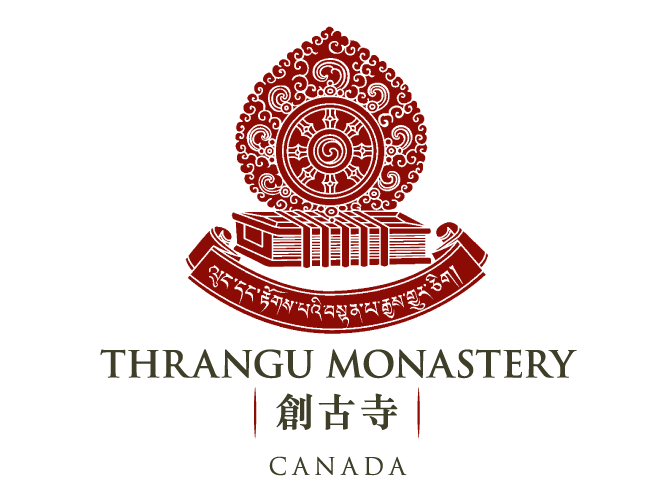Mandalas visually represent the core essence of the Vajrayana teachings. Mandalas usually depict a landscape of a “Buddha realm” or the enlightened vision of a Buddha, which represents the nature of experience and the intricacies of both the enlightened and confused mind. Such mandalas consist of an outer circular mandala and an inner square (or sometimes circular) mandala with an ornately decorated mandala palace placed at the center. The inner parts of mandala can be occupied by Buddhist glyphs and symbols, as well as by images of its associated deities, which “symbolize different stages in the process of the realization of the truth.”

Mandalas are commonly used by tantric Buddhists as an aid to meditation. More specifically, a Buddhist mandala is envisaged as a sacred space or pure Buddha realm and also as an abode of fully realized beings or deities. It is a place that has been cleansed and purified of the ever-changing and impure aspects of samsara, which is why it is a pure realm of a Buddha.
A mandala can also represent the entire universe, which is traditionally depicted with Mount Meru as the center of the universe, surrounded by the continents. A “mandala offering” in Tibetan Buddhism is a symbolic offering of the entire universe. Every intricate detail of these mandalas is specified in the tradition and has a particular symbolic meaning, often on more than one level.
